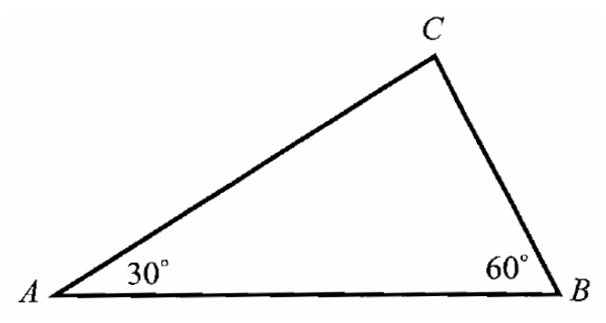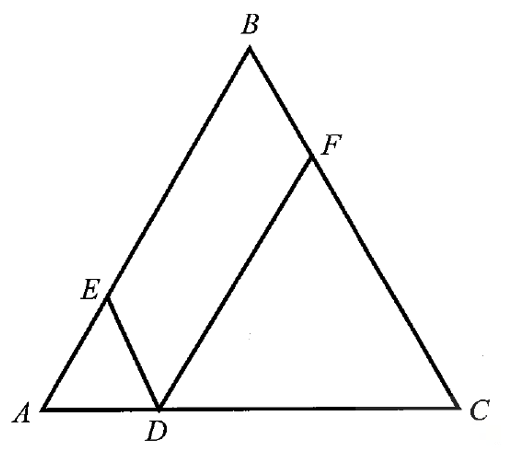DIRECT AND INVERSE VARIATION WORD PROBLEMS WORKSHEET
Question 1 :
If the cost of 8 kg of rice is $160, then find the cost of 18 kg rice.
Question 2 :
If the cost of 7 mangoes is 35, then find the cost of 15 mangoes.
Question 3 :
A train covers a distance of 195 km in 3 hours. At the same speed, find the distance traveled by the train in 5 hours.
Question 4 :
If 8 workers complete a work in 24 days, in how many hours can 24 workers complete the same work?
Question 5 :
If 18 men do a work in 20 days, in how many days do 24 men do the same work?
Question 6 :
A marriage party of 300 people require 60 kg of vegetables. What is the requirement if 500 people turn up for the marriage ?
Question 7 :
90 teachers are required for a school with a strength 1500 students. How many teachers are required for a school of 2000 students ?
Question 8 :
A car travels 60 km in 45 minutes. At the same rate, how many kilo meters will it travel in one hour?

1. Answer :
Let x be the required cost
Quantity of rice Cost of rice
8 160
18 x
As the quantity of rice increase, the cost of rice will also increase. It is in direct variation.
8⋅x = 18⋅160
x = (18⋅160)/8
x = 2880/8
x = 360
2. Answer :
Let x be the required cost
No of mangoes Cost of mangoes
7 35
15 x
As the number of mangoes increase the cost will also increase. It is in direct variation.
7 ⋅ x = 35 ⋅ 15
x = (35 ⋅ 15)/7
x = 525/7
x = 75
So, cost of 15 mangoes is $75.
3. Answer :
Let x be the distance traveled
Distance traveled Time taken
195 3
x 5
As time taken by the train increase the distance traveled will also increase. So, it is in direct variation.
195 ⋅ 5 = x ⋅3
(195 ⋅ 5)/3 = x
x = (195 ⋅ 5)/3
x = 975/3
x = 325
So, distance travelled in 5 hours is 325 km.
4. Answer :
Let x be the number of days taken
Number of workers Number of days
8 24
24 x
If number of workers increase, then the number of days will decrease. So, it is under inverse variation.
8 ⋅ 24 = 24 ⋅ x
x = (8 ⋅ 24)/24
x = 8 days
So, number of days taken by 24 workers to complete the work is 8 days.
5. Answer :
Let x be the number of days taken
Number of workers Number of days
18 20 days
24 x
If number of workers increase, then the number of days will decrease. So, it is under inverse variation.
18. 20 = 24. x
x = (18. 20)/24
x = 360/24
x = 15 days
So, 24 men can do this work in 15 days.
6. Answer :
Let x be the required quantity of vegetable
Number of people Quantity of vegetable
300 60
500 x
For more number of people, we need more quantity of vegetables. It is in direct variation.
300 . x = 500 . 60
x = (500 . 60)/300
x = 30000/300
x = 100 kg
So, the quantity of vegetable needed is 100 kg.
7. Answer :
Let x be the required number of teachers
Number of teachers Number of students
90 1500
x 2000
To teach more number of students, we need more teachers. So, it is under direct variation.
90 . 2000 = 1500 . x
x = (90 . 2000)/1500
x = 180000/1500
x = 120 teachers
So, 120 teachers are required to teach 2000 students.
8. Answer :
Let x be the distance taken by car to cover the distance in one hour
Distance covered Time taken
60 45
x 60
We are taking more time, so distance covered by the train will also be more. So, it is in direct variation.
60 . 60 = 45 . x
x = (60 . 60)/45
x = 3600/45
x = 80 km
Kindly mail your feedback to v4formath@gmail.com
We always appreciate your feedback.
©All rights reserved. onlinemath4all.com
Recent Articles
-
Derivative of Absolute Value of x Using Limit Definition
Apr 23, 25 11:11 AM
Derivative of Absolute Value of x Using Limit Definition -
Digital SAT Math Problems and Solutions (Part - 149)
Apr 23, 25 02:33 AM
Digital SAT Math Problems and Solutions (Part - 149) -
Digital SAT Math Problems and Solutions (Part - 148)
Apr 22, 25 08:20 AM
Digital SAT Math Problems and Solutions (Part - 148)

